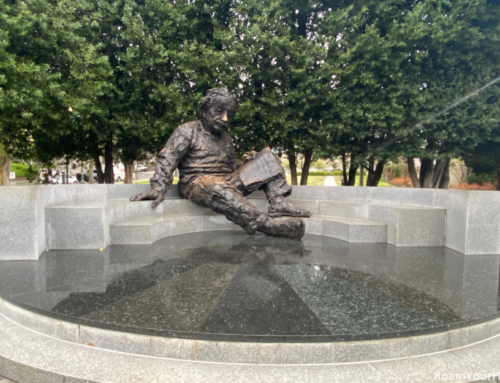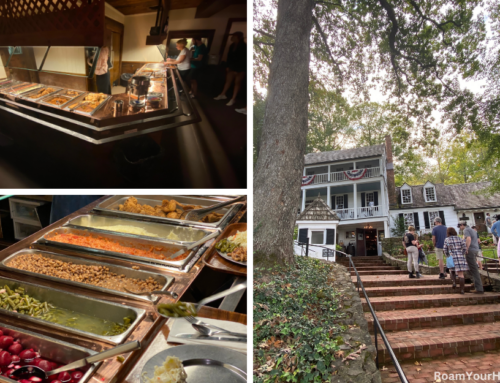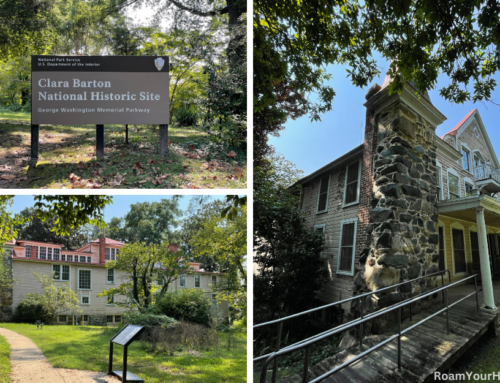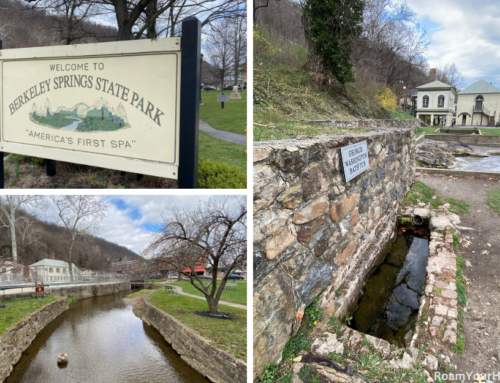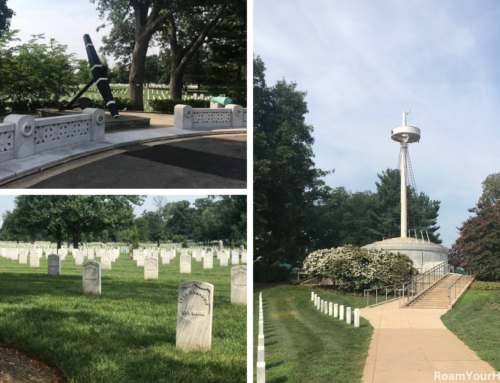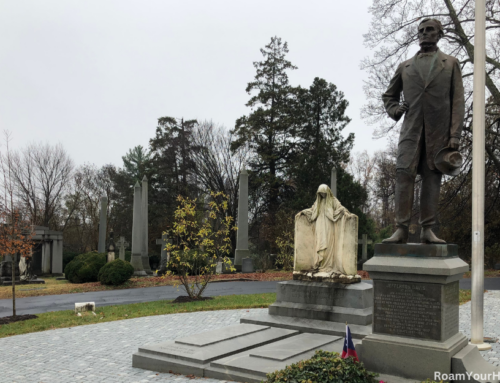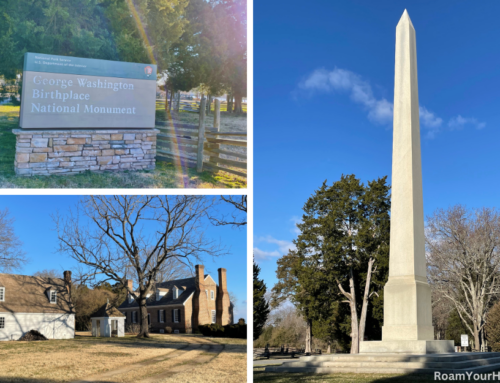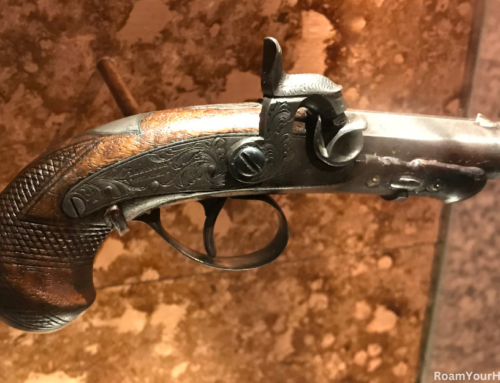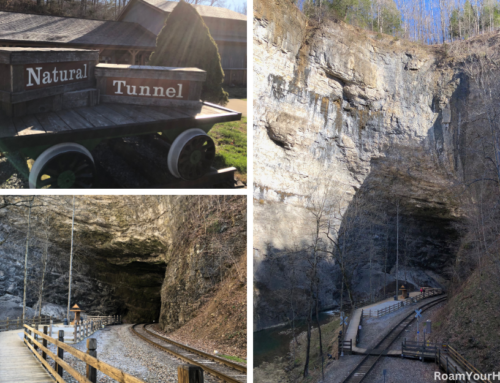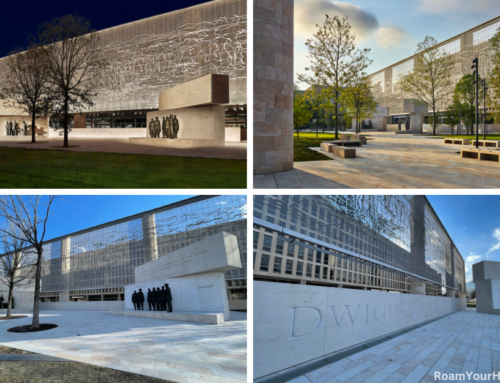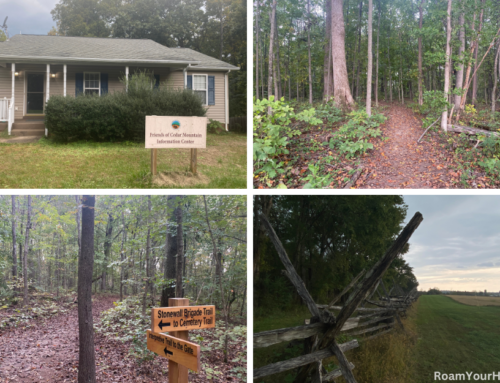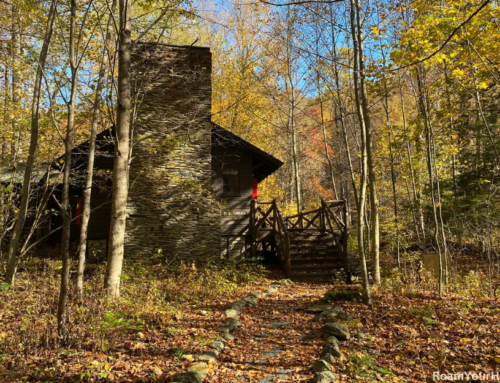
Honoring Heroes: Visiting the US Marine Corps War Memorial in Arlington, Virginia
The US Marine Corps War Memorial, commonly called the Iwo Jima Memorial, is one of the most iconic military monuments in the United States. Located near Arlington National Cemetery in Virginia, this breathtaking tribute to the United States Marine Corps is a must-visit for anyone visiting the Washington, D.C. area.
A Monument of Valor
President Dwight D. Eisenhower dedicated the memorial in a ceremony on November 10, 1954, the 179th anniversary of the U.S. Marine Corps. The monument is based on a famous photograph taken by Joe Rosenthal during the Battle of Iwo Jima in World War II. The statue captures six Marines raising the American flag atop Mount Suribachi.
The memorial honors all U.S. Marines who died in service to our nation. It is awe-inspiring, standing 32 feet tall, with the flagpole extending over 60 feet into the sky. The flag flies 24 hours a day, 365 days a year, by presidential proclamation.
The figures in the statue are in the same positions identified in the historic photograph. Ira Hayes is the figure farthest from the flagpole, with both hands stretched upwards. Harold Schultz is in front of Hayes, to the right. Michael Strank is in front of Hayes, to the left. Franklin Sousely is in front of Schultz. Harold Keller is in front of Strank. Harlon Block is at the foot of the flagpole.
Engraved along the base of the memorial are the names and dates of every major battle involving the Marine Corps since its founding in 1775. It’s a humbling reminder of the sacrifices made by generations of Marines who have defended freedom.
“In honor and in memory of the men of the United States Marine Corps who have given their lives to their country since November 10, 1775.”

The Setting and Atmosphere
One of the Marine Corps War Memorial’s most striking aspects is its location. It is in Arlington Ridge Park along the axis of the National Mall, just across the Potomac River from Washington, D.C. From its grounds, the memorial offers stunning views of the Lincoln Memorial, Washington Monument, and Capitol Building.
Visiting at sunset is particularly moving, as the warm hues of the sky cast a golden glow over the monument, making it an unforgettable sight. During the summer, the US Marine Corps holds Sunset Parades at the Memorial on certain Tuesdays. The Sunset Parades are one-hour performances featuring the music of “The Commandant’s Own,” The United States Marine Drum and Bugle Corps, and precision drill by the Marine Corps Silent Drill Platoon.
The memorial is illuminated at night, creating a solemn and reverent atmosphere. This is our favorite time to visit. If you visit after sunset, you often have the memorial entirely to yourself.
Visiting the US Marine Corps War Memorial is more than just a sightseeing stop—it’s an emotional experience that leaves a lasting impression. It’s a place where history, patriotism, and remembrance come together.
Nearby Places to Visit
A visit to the Marine Corps War Memorial pairs well with a trip to Arlington National Cemetery, just a short walk away. Here, you can witness the Changing of the Guard at the Tomb of the Unknown Soldier, visit the John F. Kennedy Eternal Flame, and pay respects to countless service members. You can also see Robert E. Lee’s Arlington House.
The National Mall and the Smithsonian Museums are just across the Arlington Memorial Bridge in D.C.
A tour of Ford’s Theatre, where President Lincoln was killed, is also worth a visit.
Tips for Visiting US Marine Corps War Memorial
Best Time to Visit: There is no bad time to visit. However, early morning or late afternoon will be a quieter experience, and sunset and nighttime visits offer a special atmosphere.
How to Get There: The memorial is accessible by car, but parking can be limited.
No Entrance Fee: Like many national monuments, visiting the memorial is free of charge.
Respect the Space: While photography is encouraged, remember that this is a solemn site.

